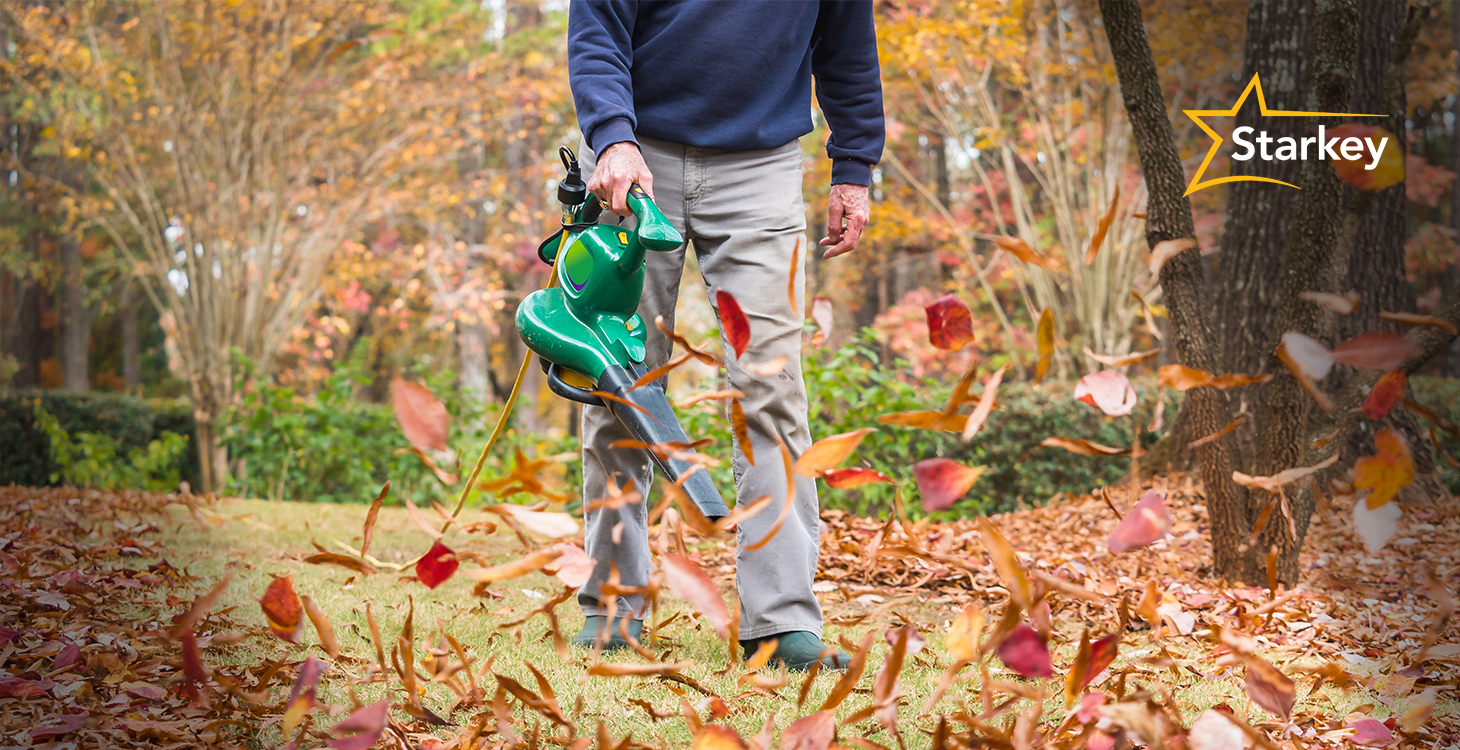Question of the day: What is the biggest preventable cause of hearing loss? The answer—noise.
According to the Centers for Disease Control and Prevention (CDC), noise exposure to sounds over 85 decibels (dB)—even for a short time in some cases—can cause noise-induced hearing loss.
These harmful sounds are more common than we think. They can come from appliances such as hairdryers and blenders. Or gas-powered machines such as a lawnmower or motorcycle. [For these and other harmful sources of noise, check out the American Speech-Language-Hearing Association’s (ASHA) list, here.]
Here’s the silver lining: There are things we can do to protect our hearing from noise exposure. And that’s what this month—National Protect Your Hearing Month—is all about.
Ready to learn more? Let’s explore what noise-induced hearing loss is and how we can protect our hearing from it.

What is noise-induced hearing loss?
Did you know that noise-induced hearing loss (NIHL) is the second-leading cause of hearing loss after aging? NIHL impacts 26 million U.S. adults aged 20–69, and occurs when excessively loud noise damages the hair cells in our inner ear and the hearing nerve.
Noise exposure can damage hearing immediately (if it’s sudden or impulse, like fireworks) or over time (if it’s continuous and higher volume, such as machinery from a construction site or even music from earbuds).
That brings us to some good news and bad news: The bad—if the noise exposure is excessive, the hearing loss may be permanent and irreversible. The good—protecting our hearing can help prevent the hearing loss from happening in the first place.
So, how can we protect our hearing from noise exposure and ultimately, NIHL?
How we can protect our hearing
Believe it or not, protecting our hearing from noise-induced hearing loss can be as easy as 1, 2, 3—okay, 4:

1. Wear hearing protection
The best way to protect our hearing from noise—outside of avoiding it altogether—is to wear hearing protection devices. Worn in (earplugs) or on (protective earmuffs) our ears, hearing protection devices are designed to physically block sound waves from entering the ear so fewer decibels of sound can get in and potentially cause damage.
Hearing protection devices are ideal for safeguarding hearing in situations with either sudden/impulse or continuous noise.
Examples:
- Using power tools
- Attending live concerts
- Hunting
- Riding motorbikes
SoundGear Phantom devices are a top choice for hearing protection in the above scenarios and beyond. Custom-molded to fit our ears, SoundGear Phantom feature state-of-the-art digital technology that instantly suppresses loud sounds when they occur and provides cutting-edge sound enhancement in-between those sounds.
So, we can wear them for the entirety of an activity knowing we’ll be able to stay aware of our surroundings and participate in conversations—all while protecting our hearing.
Bonus benefits of SoundGear Phantom include the ability to recharge the devices plus stream calls, music, or other audio to them.
Prefer to go a little less sophisticated than SoundGear Phantom? SoundGear offers a variety of hearing protection products to choose from.
Discover Sound Gear’s complete selection here.

2. Monitor surrounding noise levels
Maintaining awareness of noise levels around us can help inform when/if we should be protecting our hearing. Here are two simple ways we can do this:
- Research noise levels: National organizations like ASHA offer sound level charts (see their chart under “Dangerous and Safe Noise Levels” here) that show us common daily noises and how safe or harmful they may be to our hearing from a decibel perspective.
- Use a sound-level meter: Smartphone apps with built-in sound meters—like the highly effective SoundCheck Live app—can tell us in the moment whether noise around us may be safe or harmful to our hearing. This free, easy-to-use app monitors the sound around us in real-time and displays the current, average, and maximum noise levels in decibels.
SoundCheck Live will even indicate whether sound levels are OK, loud, or require hearing protection. So, we can stay safe in sound—wherever we are.
Learn about SoundCheck Live features for Apple or Android phones.
3. Practice daily preventative measures
Even if we don’t work in loud environments or go to concerts every week, taking small, simple steps each day to protect our hearing from NIHL can make a big difference. We can:
- Avoid loud, noisy places when possible.
- Try to limit exposure to loud household sounds.
- Turn down the volume of music or TV.
- Take noise breaks.
- Can’t avoid noise? Wear hearing protection.
And finally…

4. Get hearing tested regularly
The more we know, the better we can protect our hearing—which is why it is a great idea to have our hearing evaluated regularly by a licensed hearing care professional. And if it turns out we do have NIHL, they can walk us through the latest hearing technology and help us find the best solution for our individual needs.
Hearing care professionals are also our best resource for hearing protection solutions, from explaining our top options to answering any questions we may have. (Simply type your zip code in here to view a list of providers near you.)
Here’s to staying safe in sound—this National Protect Your Hearing Month, and always.
